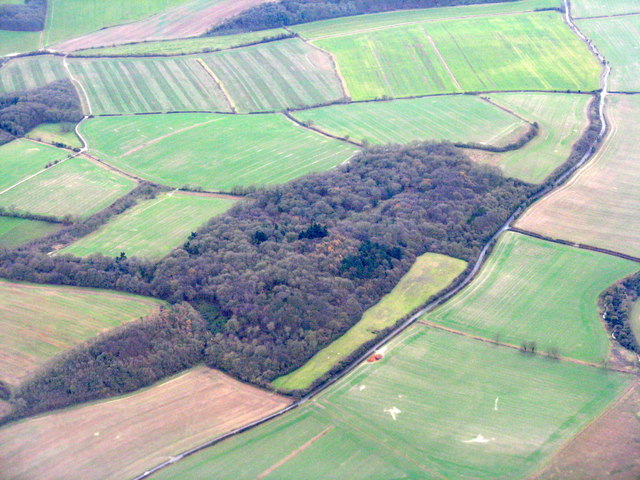In many parts of the world, once-forested areas have been broken up into patches, surrounded by farmland, roads, railroad tracks, and urban areas. There might be 60 acres of forest adjacent to a wheat field on one side and corn fields on the other three. This is especially true in the eastern U.S. but it happens almost everywhere. What are the effects of such a fragmented situation on birds?

First, the forest has edges where it interfaces with agricultural, or other non-forest, habitat. These forest edges are ideal for predators like coyotes, skunks, opossums, raccoons, crows, ravens, and hawks that have a more difficult time snatching prey in the dense forest. This “edge effect” also causes some species, including mosses and lichens which like damp, shady conditions to get exposed to too much sun or drying wind, and disappear.
Second, the forest is typically isolated from other similar plots of land, even if it’s many times larger than 60 acres. So birds flying cross country, looking for forested habitat to rest or breed, have to find this individual patch of land.
Third, and perhaps most important, is that the forests in these patches are likely to be minimally disturbed. That means the habitat will develop in stages during a process called “succession” until it reaches what is called the “climax” stage. At that point it is a mature forest. A mature forest has tall trees forming an almost closed canopy, letting in little sun. This means that undergrowth such as grasses, shrubs, and saplings is much reduced. This makes the forest less productive as there is less vegetation and the production of seeds and fruits – food for birds- is much less as well.
There are a couple of things that can mitigate the effects of fragmentation. One is habitat corridors – connecting fragmented habitats to each other with pathways, underpasses, or overpasses so that animals can cross between habitats without running into human interference. This applies mostly to mammals but it’s important to birds too.
Returning to succession, we know that as a habitat develops from bare or disturbed land, it goes through several stages (seres). Lichens might be first to colonize, then mosses, then grasses, then shrubs, then saplings, and finally trees which then grow to form the canopy. As succession progresses, the forest (or other habitat) accumulates biomass as productivity also increases. But before the forest reaches its climax stage, productivity begins to drop because the canopy is shading out undergrowth. So a climax forest is not as productive as the previous stage and cannot support as many birds.
Using this knowledge, we now know that letting former farmland or abandoned land development revert to natural habitat provides a productive place for birds and other animals. Also, at the risk of alienating some, climax forests can be thinned to open them up to sunlight and increase productivity.
In the end though, large tracts of undisturbed land are the best solution to protecting birds, as unlikely as that is in many areas of the world.
Thank you for your piece on habitat segmentation. I advise landowners to provide the kind of corridors about which you write. I need more information, however. For example, is there any science on the minimum acreage required to ameliorate the impact of segmentation? I would appreciate any references you could suggest.
I am fortunate to live on 26 acres of mixed forest and fresh water meadow, which is nearly surround by 4,000 acres of “protected” State forest. Nonetheless, my partner and I are determined to enhance the bird-friendly habitat we already have by planting native fruit bearing trees, flowers, hedges and bushes.
We live atop a 1,600+ mountain which experiences high winds, lots of snow and ice. As a result of the meteorological activity, there are enough wind-falls to open up new areas for lower forest story growth. Nonetheless, I am not philosophically opposed to do the kind of thinning needed to keep the land in a state of dynamic productivity.
Thank you again for your informative writing.
Your post brought to mind something I heard about the plight of warblers vs cowbirds.
As forests shrink, cowbirds have easier access to warblers’ nests, resulting in lowering warbler population.
Has this trend been noted and measured?
There are many such studies. One is https://www.degruyter.com/document/doi/10.7560/777385-035/html
Thank you for this; just this past week I was researching the effects of fragmented habitat on declining bird species – and mammals’ role in dispersing seeds, vital to the cycles. In western Ecuador the ongoing deforestation is a blow to a sensitive person’s psyche, but as you mentioned, ” … at the risk of alienating some,- ” – down here the cecropias and balsas leap skyward when injected with sunlight and rainfall – and many species reap the benefits.